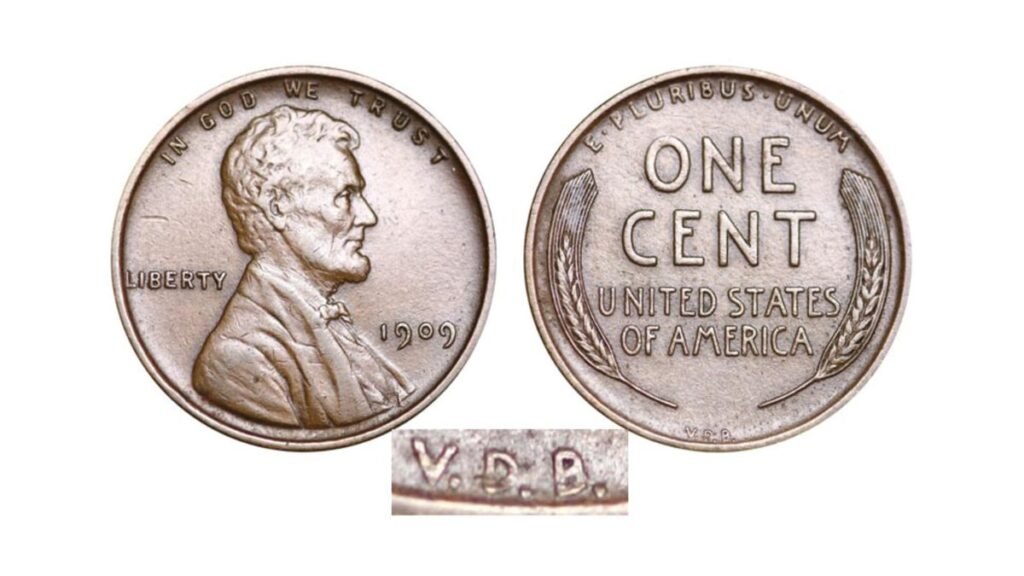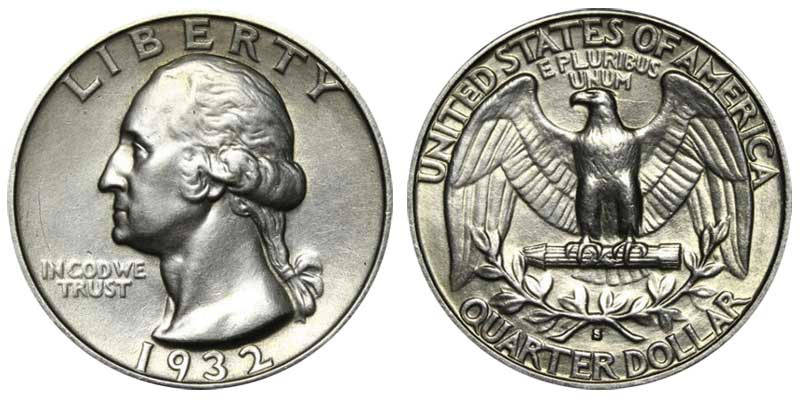In the seemingly mundane pile of coins that jingle in your pocket, there may lie a piece of history with a value so staggering, it could transform your understanding of what treasure looks like. Among such treasures, the 1943 Lincoln Wheat Penny stands out—not just as a coin, but as a relic of American history during World War II, now valued at a breathtaking $120 million. Here’s how this ordinary-looking coin has become one of the most sought-after pieces in the numismatic world.
The Historical Backdrop of the 1943 Lincoln Wheat Penny
1943 was a year deeply entrenched in the global conflict of World War II. The United States, amid war efforts, faced a critical shortage of copper, a metal essential for manufacturing ammunition and other vital military supplies. To address this, the U.S. Mint made a significant shift from the traditional copper pennies to steel coins plated with zinc for that year.
However, in a remarkable twist of fate, a few copper blanks were mistakenly left in the presses and used to strike pennies. This error created one of the rarest coins in American history: the 1943 copper Lincoln Wheat Penny.
The Rarity and Value of the Copper Penny
The 1943 copper Lincoln Wheat Penny is not just rare; it’s exceptionally rare. To date, only a handful of these coins are known to exist, making each one incredibly valuable. The zenith of its value was showcased in 2019 when a pristine 1943 copper penny was auctioned by Heritage Auctions for an unprecedented $120 million, setting a record as the most expensive coin ever sold.
Key Factors Contributing to Its High Value:
- Extreme Rarity: Only a few specimens are confirmed to exist.
- Exceptional Condition: The $120 million penny was in near-mint condition.
- Historical Significance: This coin is a direct relic of the wartime economy and American resilience.
- Collector Demand: The numismatic community places a premium on unique, historical pieces.
Identifying a 1943 Copper Lincoln Wheat Penny
If you suspect that a 1943 penny might be part of your collection, there are several steps you can take to confirm its authenticity and potential value:
- Magnetic Test: Unlike the zinc-coated steel pennies, copper coins will not stick to a magnet.
- Mint Marks: Look for mint marks under the date. A “D” indicates it was minted in Denver, an “S” in San Francisco, or no mark for Philadelphia.
- Weigh the Coin: A steel penny weighs 2.7 grams, while a copper penny weighs 3.11 grams.
- Professional Assessment: For a definitive evaluation, submit the coin to reputable grading services like PCGS or NGC.
What If You Own a Rare 1943 Copper Penny?
Discovering you own a rare 1943 copper penny can be exhilarating. Here are your next steps:
- Consult a Coin Expert: A reputable coin dealer can provide a preliminary appraisal and advice on conservation.
- Online Auctions: Platforms like eBay or Heritage Auctions are popular for selling rare coins, attracting collectors worldwide.
- Coin Shows: These gatherings are ideal for networking with other collectors and finding interested buyers.
Personal Stories and Expert Insights
- John Appleton, a 74-year-old retired teacher from Florida, discovered a 1943 copper penny in his late father’s collection. After verification, it was valued at over $85,000. John plans to keep it as a family heirloom, passing down its historical and monetary value to his grandchildren.
- Dr. Lisa Roberts, a 52-year-old historian specializing in U.S. wartime economics, regards the 1943 copper penny as “a monument of historical anomalies and economic adaptations during the war.”
Final Thoughts: A Hidden Gem in Plain Sight
The 1943 Lincoln Wheat Penny encapsulates a unique blend of error, history, and value, making it one of the most fascinating coins in American numismatics. Whether you are a seasoned collector or someone who merely glances at their change, consider giving your coins a second look. You never know when you might uncover a piece of history worth millions.













